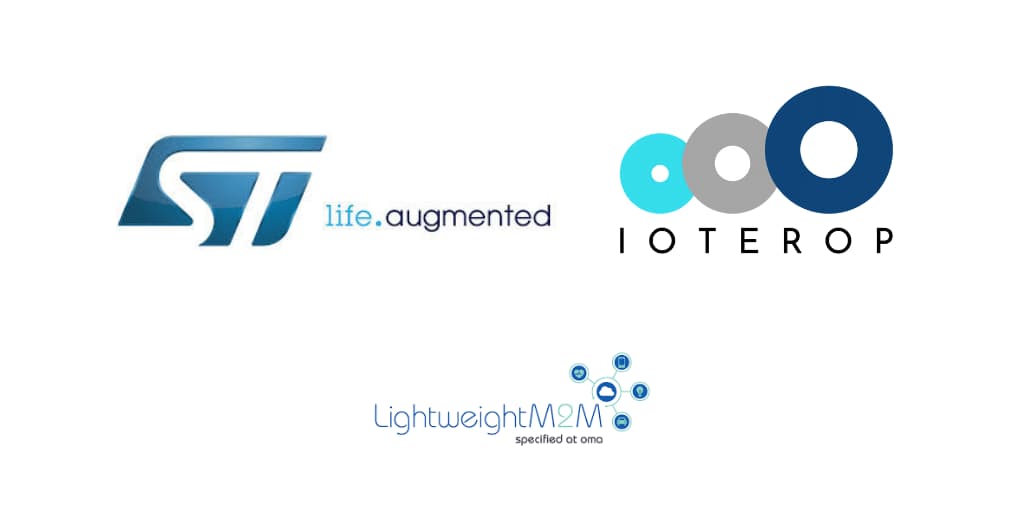Why Include Device Management in your IoT Roadmap
Not so long-ago Hypertext Transfer Protocol (HTTP) became the common language between clients and servers, enabling the modern web. This open standard we don’t even think about today has become the backbone of the now indispensable Internet. While we don’t give HTTP a second thought, we would be “virtually” lost without it. Just like the Internet, the IoT needs a semantic foundation to flourish.
Trying to imagine an Internet with multiple, proprietary protocols is impossible… And yet, almost 30 years later, here we are watching as some try to build the Internet of Things (IoT) with closed, proprietary approaches.
Slowly organizations begin to understand the needs to securely supporting, managing, and sharing data from billions of IoT devices “open” and “standards-based” become a lot more than checkboxes. Indeed, effective IoT device management is a foundational element for any successful IoT solution.
For such a model to work, IoT needs actors to implement open device management standards. Thankfully, such efforts are currently well underway. Earlier this month, Jeremy Audiger, IoTerop Software Engineer, and I attended the quarterly Open Mobile Alliance SpecWorks (OMA) members meeting in Porto, Portugal, to address those new challenges and call for new approaches. As part of the Device Management & Service Enablement Working Group (DMSE WG) at the OMA SpecWorks, we participate in the definition of protocols such as the LwM2M 1.1, as well as mechanisms to achieve the management of mobile and IoT devices, services access, and software on connected devices across networks.
As IoT evolves becoming more complex, the importance of standards such as the LwM2M continues to grows. Indeed, Philip Hooker, VP for online business, IoT & Cloud at Software AG, talked about the five predictions for IoT in 2019 on businesstech.co.za and called our attention to the fact that:
“Smart homes, data democratization, design thinking, the edge, and lightweight M2M – these are some of the lesser-mentioned predictions you will read about the IoT next year. They are the bedrock of innovative change.”
Indeed, IoT’s challenge is not building for “known” needs today but building a forward-thinking IoT solution that is open and secure for tomorrow’s lesser-known needs.
By David Navarro, IoTerop CPO


